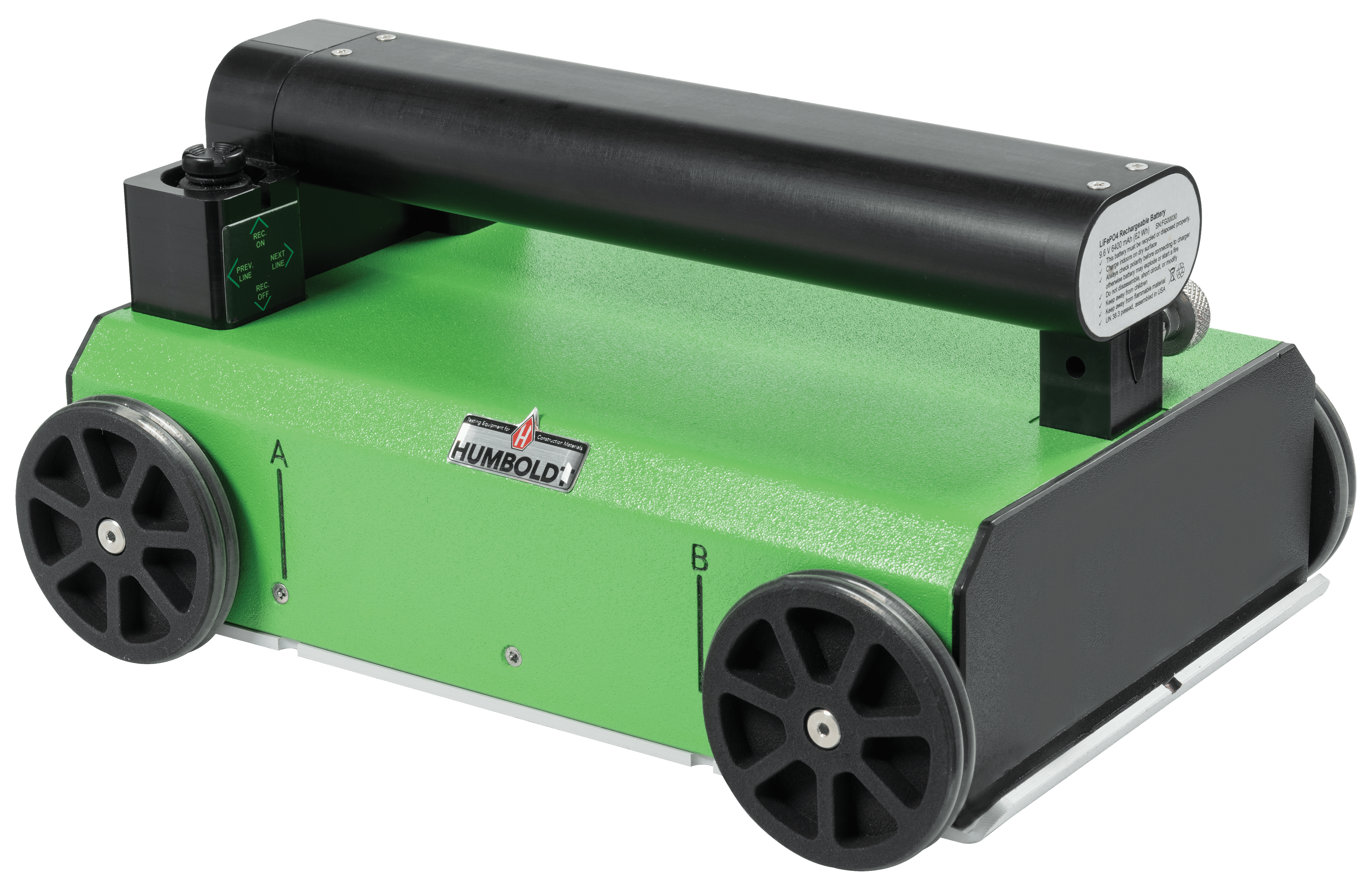Discovering the Key Benefits of Concrete Scanning in Building Projects
In the realm of modern-day building and construction techniques, the application of concrete scanning technology has become a crucial device for making sure job efficiency and architectural integrity. From boosting safety measures to precisely discovering utilities hidden underneath the surface, the advantages of concrete scanning are multifaceted. The capability to streamline project timelines and minimize prices while maintaining existing structures is a testament to the value this technology offers the construction sector. As we delve into the nuanced advantages of concrete scanning, it comes to be obvious that its influence prolongs much past surface-level analyses, supplying a look into the complex internet of advantages waiting to be revealed.
Boosted Security Actions
Utilizing innovative concrete scanning technology improves precaution on building and construction websites by giving accurate detection of prospective threats hidden beneath the surface area. This technology allows building groups to determine rebar, channels, post-tension wires, and other obstructions prior to excavation or exploration, substantially reducing the threat of mishaps. By determining these components specifically, workers can prevent damaging critical architectural parts, thus protecting against injuries, delays, and pricey repairs.
Moreover, concrete scanning plays a vital role in making sure the stability of existing structures during expansions or remodellings. By discovering weak points, gaps, or deterioration within concrete aspects, engineers can attend to these issues proactively, boosting the total safety and security and durability of the building. This aggressive technique not only mitigates the risk of architectural failures but likewise decreases the potential for mishaps triggered by unexpected architectural deficiencies.
Essentially, the application of concrete scanning technology serves as a positive precaution that safeguards both building and construction workers and the structural honesty of structures, eventually adding to the general success and effectiveness of construction jobs. - RainierGPR Concrete Scanning
Accurate Detection of Energies
Concrete scanning technology helps with accurate recognition of underground utilities, boosting building and construction website security and performance. Accurate detection of utilities is vital in construction projects to avoid pricey problems, job delays, and most importantly, guarantee the security of employees and the public. By making use of innovative scanning technologies such as ground-penetrating radar (GPR) and electromagnetic induction, construction groups can map out the place of buried pipes, cords, and other utilities with high levels of accuracy.

Time and Price Effectiveness

Concrete scanning technology enables building groups to accurately find rebar, post-tension wires, and other embedded things within concrete frameworks. This exact information aids in preventing pricey errors such as unexpected damages to crucial aspects during drilling, reducing, or coring activities. In addition, by identifying potential risks beforehand, the requirement for costly repairs or rework as a result of damages can be lessened, causing set you back savings for the job.

In addition, the capability to swiftly and accurately find utilities under the surface area without causing any damages not just conserves time but additionally stops pricey disruptions to existing infrastructure. Generally, the moment and expense effectiveness benefits of concrete scanning make it an invaluable device for improving construction job monitoring and implementation.
Conservation of Structural Honesty
Preserving the architectural integrity of structures and infrastructure is critical in guaranteeing long-term security and security. Concrete scanning plays a crucial function in this preservation process by enabling construction experts useful site to determine potential risks to the architectural integrity of a structure or facilities prior to they intensify into major concerns. Through using innovative scanning technologies such as ground-penetrating radar (GPR) and electromagnetic induction, building teams can non-invasively assess the condition of concrete structures, locate rebar, post-tension cords, and various other embedded aspects, and recognize any kind of spaces, fractures, or damage within the concrete.
Improved Task Planning
In order to ensure the successful implementation of building projects, meticulous interest to detail and comprehensive planning are vital components that stem from a detailed understanding of the architectural conditions determined with concrete scanning. Boosted project preparation, promoted by concrete scanning, permits building and construction teams to preemptively attend to possible obstacles, allocate sources extra efficiently, and establish realistic timelines. By accurately determining the location of rebar, post-tension cable televisions, and other ingrained things within concrete structures, project supervisors can create more accurate construction plans that decrease the risk of expensive mistakes or hold-ups. Additionally, the information obtained from concrete scanning allows stakeholders to make educated choices regarding structural modifications, improvements, or expansions, causing smoother task transitions and enhanced try this website general task end results. Ultimately, incorporating concrete scanning into the job preparation stage enhances coordination among staff member, fosters proactive analytical, and adds to the effective distribution of construction projects within budget plan and timetable restraints.
Conclusion
Finally, concrete scanning uses countless advantages in construction tasks. By improving precaution, properly spotting energies, enhancing time and cost effectiveness, maintaining architectural stability, and aiding in task planning, concrete scanning proves to be an important device for successful task implementation. Its ability to minimize dangers, raise effectiveness, and ensure task integrity makes it an essential property for building specialists.
In the realm of modern-day building techniques, the usage of concrete scanning technology has arised as a critical device for guaranteeing task efficiency and structural honesty.Concrete scanning innovation makes it possible for building groups to accurately find rebar, post-tension wires, and other ingrained objects within concrete frameworks. Via the use of sophisticated scanning modern technologies such as ground-penetrating radar (GPR) and electromagnetic induction, building and construction groups can non-invasively evaluate the problem of concrete frameworks, find rebar, post-tension wires, visit the site and other ingrained aspects, and recognize any type of gaps, fractures, or deterioration within the concrete.
In order to make sure the successful implementation of building and construction jobs, meticulous interest to information and extensive planning are crucial elements that stem from a detailed understanding of the structural conditions recognized through concrete scanning. Eventually, including concrete scanning right into the project preparation stage enhances sychronisation amongst team participants, fosters positive analytic, and adds to the successful shipment of building and construction projects within spending plan and routine constraints.